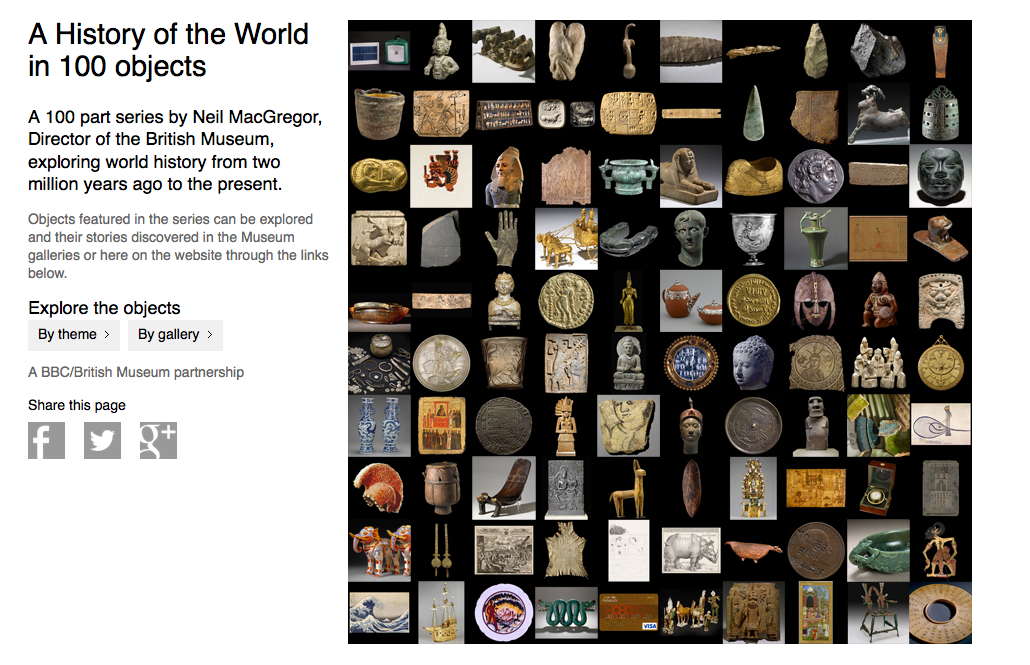DISCUSSION QUESTIONS & FEEDBACK (WEEKS 3-12) = 5%
(this is all on Canvas)
Self-assessment:
- Please comment on your own contributions to the Thursday discussion sessions by writing or recording yourself in the text box or by attaching a PDF.
- Please include your self-grading and a short comment (1-2 sentences) explaining it.
Peer assessment:
- Please also nominate at least THREE discussion-facilitating groups who you think deserve 5 points for their discussion session
Criteria for a self-graded A: Thoughtful and respectful participation. You
(1) kept up with the reading in the course, and demonstrated that to our community through your
(2) generous and respectful participation in class discussions, and your
(3) feedback afterwards there.
If you decide to assess your work with a B, C, or D range grade, it will likely be because you didn’t manage some or much of what is described above. We’ll talk about that together: come and see me in office hours or leave me a Canvas Inbox message.
For the purpose of this class, a failing F grade isn’t a grade as much as an acknowledgment that you did not show up and/or do the work. Submitting work that is plagiarized – work that is not your own and/or that you have copied from someone or somewhere else – effectively constitutes not doing the work and will result in an F for that assignment.
**Important Note**: This self-grading scheme assumes presence and timely participation. Students who consistently don’t submit the required work or participate in the self-reflection process will default to a grade that I will assign, based on the work (including presence and participation) that the student has completed. In that case, I reserve the right to change or assign a grade, where appropriate.
(Criteria adapted from Prof. Carla Nappi, University of Pittsburgh.)
- 5 = A
- 4 = B+/A-
- 3.5 = B
- 3 = C
- 2.5 = D
- 0 = F
- (if you’re thinking of giving yourself a mark in the 0-2 range, come and see me first or leave me a message by Canvas Inbox and I’ll try to persuade you of your merits)
HUMANIMALS READING: A LOCAL BESTIARY = 10%
This part of your final grade is 50% PEER-ASSESSED, 50% instructor-assessed
Object selection and commentary (individual; may be pseudonymous and/or collaborative; may also overlap with final project work).
The bestiary will be organised somewhat like bestiaries via, for example, Isidore of Seville and Brunetto Latini (and Marie de France’s Fables and other fable-collections from the pre-modern world). We’ll work on its organisation together.
An object—or rather, a subject: the subject of your attention, close reading or focussed listening, study, and analysis—could be an animal, a representation of an animal, an object or idea associated with or made out of animal; it could include digitised manuscripts, MOA inhabitants, live action video, etc.
“Local” isn’t necessarily just UBC but is open to student individual interpretations, so as to be true to themselves.
”Humanimality” is also a matter for individual choice and self-expression: how human you are, or animal, or both, or neither and something else.
Peer assessment:
- Please nominate at least THREE individuals or groups who you think deserve 10 points for their contributions to our public knowledge project.
- You may nominate as many people as you wish.
- You may not nominate yourself or your own group.
- (You may add some further comments, but that’s optional.)
Criteria for your bestiary entry:
- Independent or in a small group (2-4 people)
- Topics / criteria:
—A description
—in the style of a bestiary or fable-collection entry
—of an animal
—that is from your own local environment: UBC, Vancouver, home, or other definition of your own habitat / ecosystem
—including at least one image: medieval examples could include a manuscript illumination, a painting or sculpture, an everyday object, a building, a map - Form: commentary (written, read and recorded, or otherwise performed and filmed); expected length around 300 words or equivalent (minimum 200, maximum 500) per person
- Submission on UBC Blogs public course site
- Guidance: on reading and writing)
—about plagiarism (as contrasted with proper citation, WHICH IS ENCOURAGED!!!)
—about style guides (quick version: I don’t mind which system you use provide that you’re consistent in your usage; and your own individual stylishness is far superior to anyone else’s formal rules)
—NB: brilliant commentary does not necessarily involve any “research” in the sense that you may have met in other courses, that is: the reading of or reference to secondary sources (i.e. criticism/commentary written by others, books, journal articles). It can be done entirely from first principles: that is, the combination of a primary text / primary sources (including their representations online, for example in the case of manuscripts in libraries elsewhere and objects in museums), your good reading, and pure reason. - Examples of how this is done in applied practice:
—bestiaries, herbals, and fable-collections from the medieval Romance world (references will be in class notes from week 2 onwards)
—exhibits at the UBC Museum of Anthropology
—and this free multimedia online exhibit (with audio) (Links to an external site.):

POSTER PRESENTATIONS: PEER ASSESSMENT (PART II OF THE ANTI-EXAM) = 15%
- commentary on at least three other final projects, in relation to the course theme and set readings
- written work during the scheduled exam time
- in the second part (around 1 hour) of the scheduled exam (the first part = poster presentations of final projects by and to the rest of our class); this may be continued later that day after the exam online (Canvas)
- open book